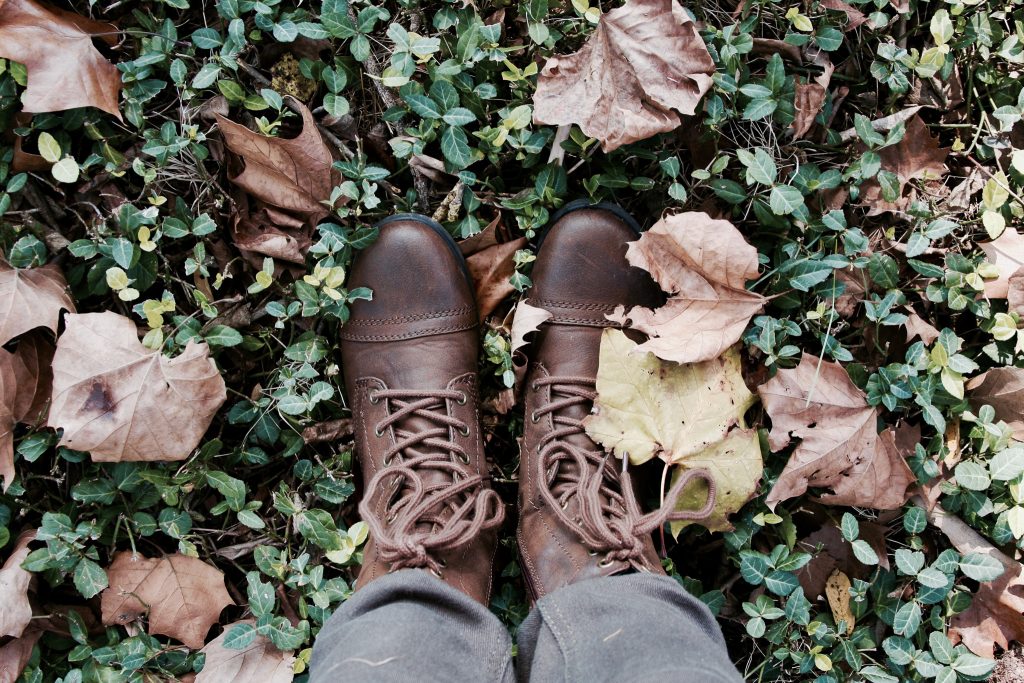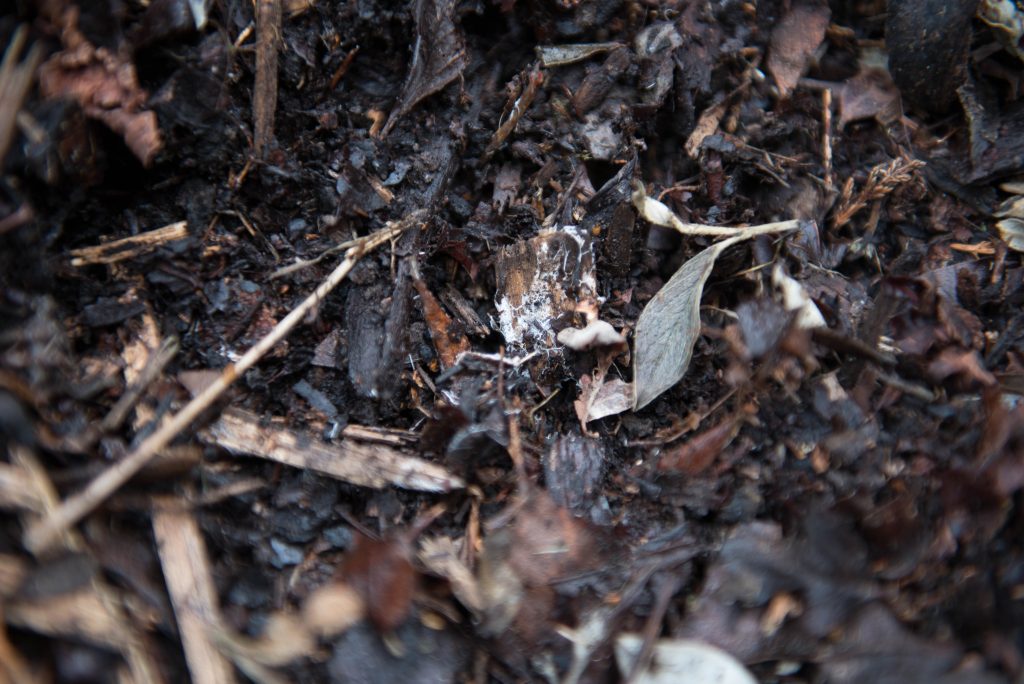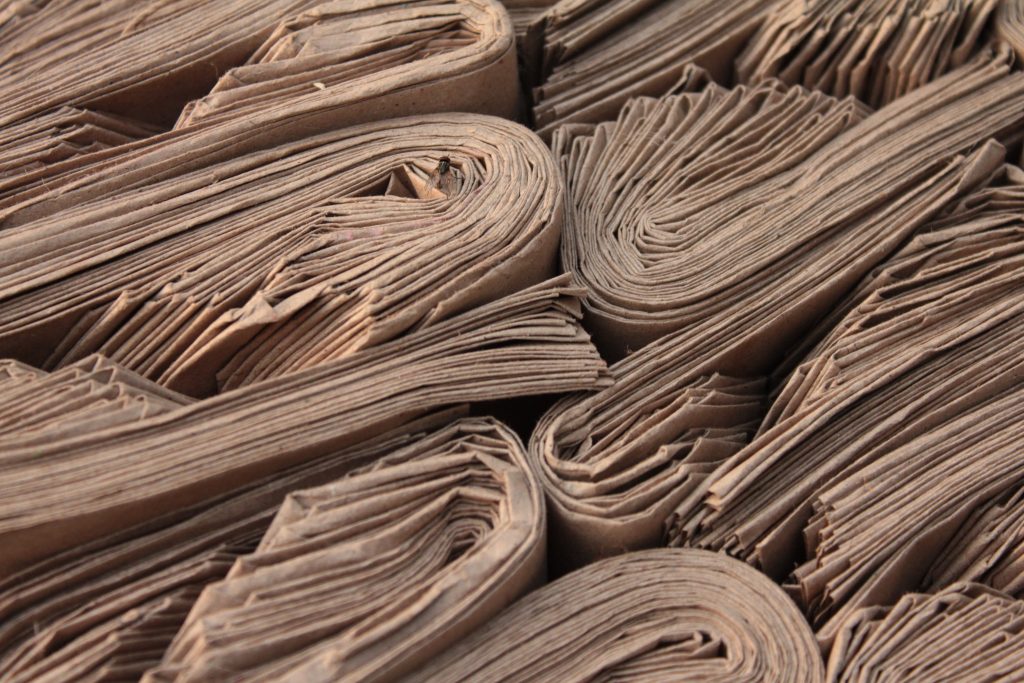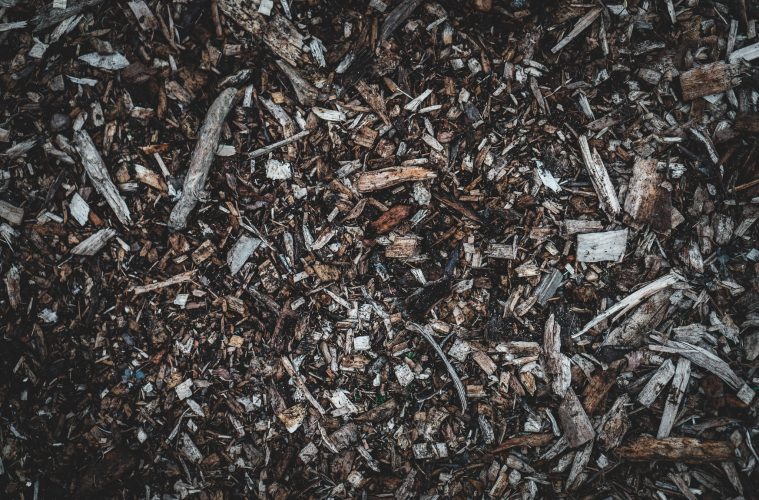Mulch is beneficial in the garden, especially in summer when temperatures are high. But if you have a large garden, buying mulch from your local nursery can get pricey. Instead, consider the eco-friendly option of reusing scraps from indoors and out to make your own homemade mulch.
Leaves

Melanie Kreutz via Unsplash
Once autumn rolls around and raking the leaves around your garden becomes a regular chore, leaves are a great option for homemade mulch. You can also use leaves gathered while pruning as long as they aren’t carrying any pests or diseases. Collect the leaves into a pile and simply use a lawn mower to break them up for use as mulch.
Wood chips
For those who have recently cut down trees or regularly collect fallen sticks, branches and tree bark, don’t let them go to waste. Wood chips work well as mulch when applied in thick layers and also look great in the garden. There are, however, some caveats. Wood chips use up a lot of nitrogen to break down and so shouldn’t be used around nitrogen-hungry plants. It’s also best to combine fresh wood chips with other organic materials to improve overall soil health and prevent nutrient imbalance.
Compost

Julietta Watson via Unsplash
Compost is great for your garden as it improves soil health while providing all the benefits of mulch. When you’re using homemade compost, make sure it is completely broken down and doesn’t have pieces of scraps. Bitty compost isn’t as useful as mulch and can attract pests and diseases to your garden beds.
Grass
Much like leaves, grass cuttings are a wonderful organic mulch and are available far more frequently than some of the other options. The clippings should be relatively short to prevent any clumping that will stop moisture from reaching the soil and oxygen from flowing around the roots. Once you’ve cut your grass, leave the cuttings to dry out for a few days. The drier the grass, the less likely it will be to form an impenetrable mat over your beds. Also ensure no pesticides have been used on the grass as this can impact plant growth.
Newspaper

Ananya Mittal via Unsplash
Regular newspaper readers that like to recycle can make use of their old reads in the garden. New newspaper production doesn’t involve any chemicals harmful to your plants, so you can safely use newspaper around your plants with no negative side effects. Either shred the newspaper before use or simply lay it on the ground around your plants in layers of 4-6 sheets. Add water to stick the pages together and cover with a light layer of soil or compost to blend in.
Featured image: Jonathan Kemper via Unsplash


